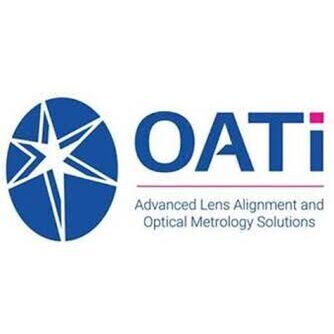Kim Madden

Kim Madden
3D Metrology Engineer
The Boeing Company
Women In Metrology Survey Answers...
1. Tell us about the accomplishments that helped shape your growth/career. Was there a specific project that influenced your decision to join or continue down the path of metrology?
I joined the metrology team by chance, as a convenient opportunity to try something different from what I had been working on before. It only took me a few months to realize that it was a niche skillset that I not only loved, but looked forward to developing. It wasn’t until I was put in charge of a large analysis project for a family of parts that metrology and analysis clicked for me. I was able to be the expert for this small area of analysis, provide input to outsourced companies on analysis, and standardize the work for my team. It was very empowering to know that this was something I could do well and wanted to continuing doing.
2. What was your journey like to get you to where you are now? Was there a particular challenge you had to overcome?
When I first started in my metrology group, I was overwhelmed by the new technology, new software, and new processes. I felt like I was never going to catch on, and it was a stressful time. Our team didn’t have a formal training plan, and it was all on-the-job training. I started documenting everything that I was taught, and how to perform each job as a way to keep myself organized and stay on top of everything. I was able to go back to those notes as reference to start doing jobs on my own. Later, I used those challenges and notes to develop sample jobs to train new analysts, in hopes of easing the stresses that I encountered when I started.
3. What is your favorite aspect of your role in metrology?
I love the challenge of determining how to measure a product to deliver the expected results to my customer. I really enjoy interfacing with different groups to make sure the requirements are understood, helping our touch labor to measure what is necessary, and then performing analysis to best show the results. I also enjoy being able to perform analysis using different methods to try to best show the result the customer is looking for.
4. What is the most critical aspect of your role?
Some of my reports are used to buy off final products, and some of them are used to track trends and see how the production process is working. Some reports are also a part of the production plan, so manufacturing can’t continue until the reports are complete and distributed.
5. Who was one of your mentors as you pursued your education and career?
Karen Malen has been a fantastic mentor to me. She has helped me not only to understand metrology, but has also pushed me to be a better engineer and develop my leadership skills.
6. What advice would you give to others who are considering a STEM career?
Once you’ve got the fundamentals of problem solving and some basic STEM background, it seems like it is easy to transfer to different areas within STEM. The specific knowledge or processes for a job might be different, but if you’re able to problem solve and know where to get information, you will excel in a STEM career.
7. When did you get your first chance to work in the Metrology field?
When I first started in my professional career, I was working with a touch labor team to build tools. I expressed interest in what they were doing and how they were building the tools, and they let me run a tracker ball and explained what they were doing. That first piqued my interest in metrology. It wasn’t for about 5 more years where my manager also managed a metrology team, and I was able to move over to learn and explore the field full time.
8. Describe the value that your efforts have delivered for the systems, products and processes.
I strive for consistency in my reports, and similar reports that my teammates are putting out. I know that our customer appreciates when they are able to see the same report each time with different deviations, so I try to automate and write scripts for analysis wherever I can. I’ve also documented analysis and reporting methods for many of the groups of reports I create, which gives me a reference to repeat the same analysis in the future.
9. Is there anything additional you would like to add?
-





